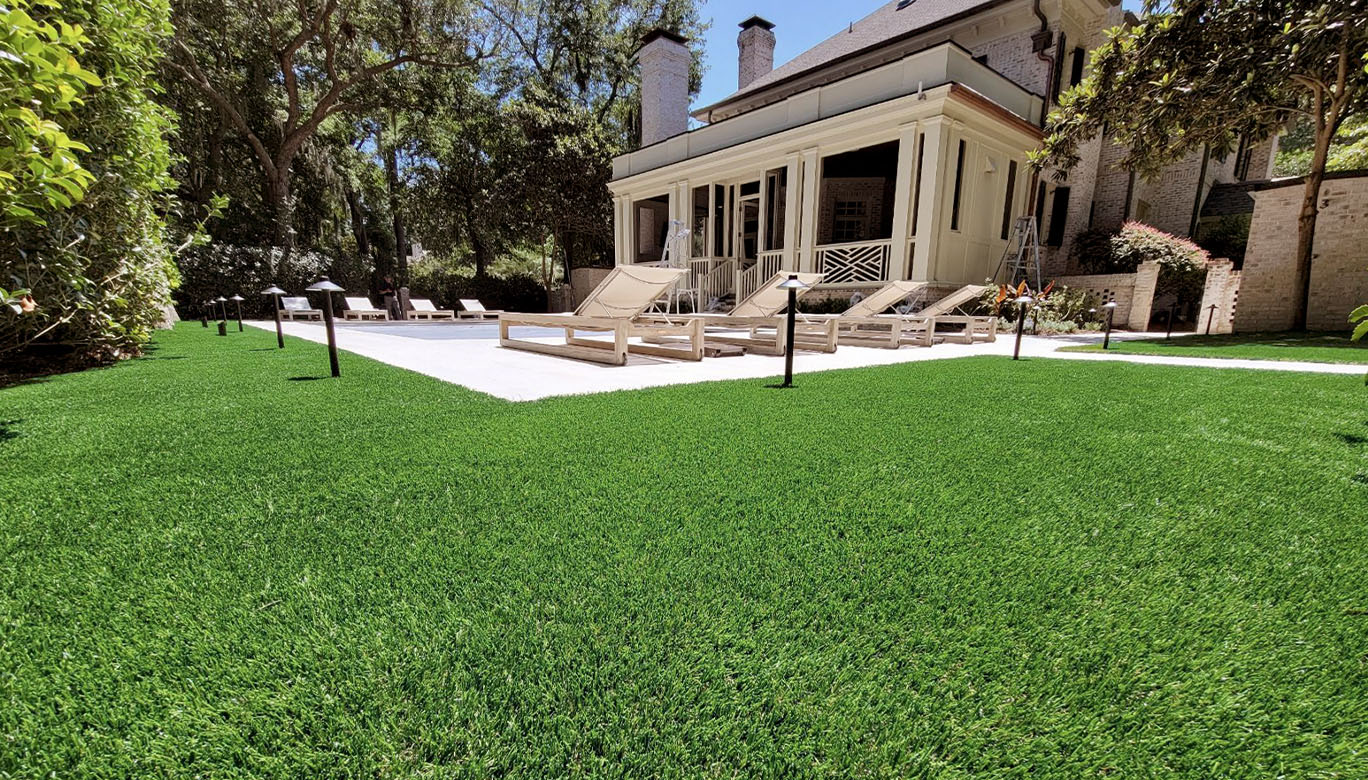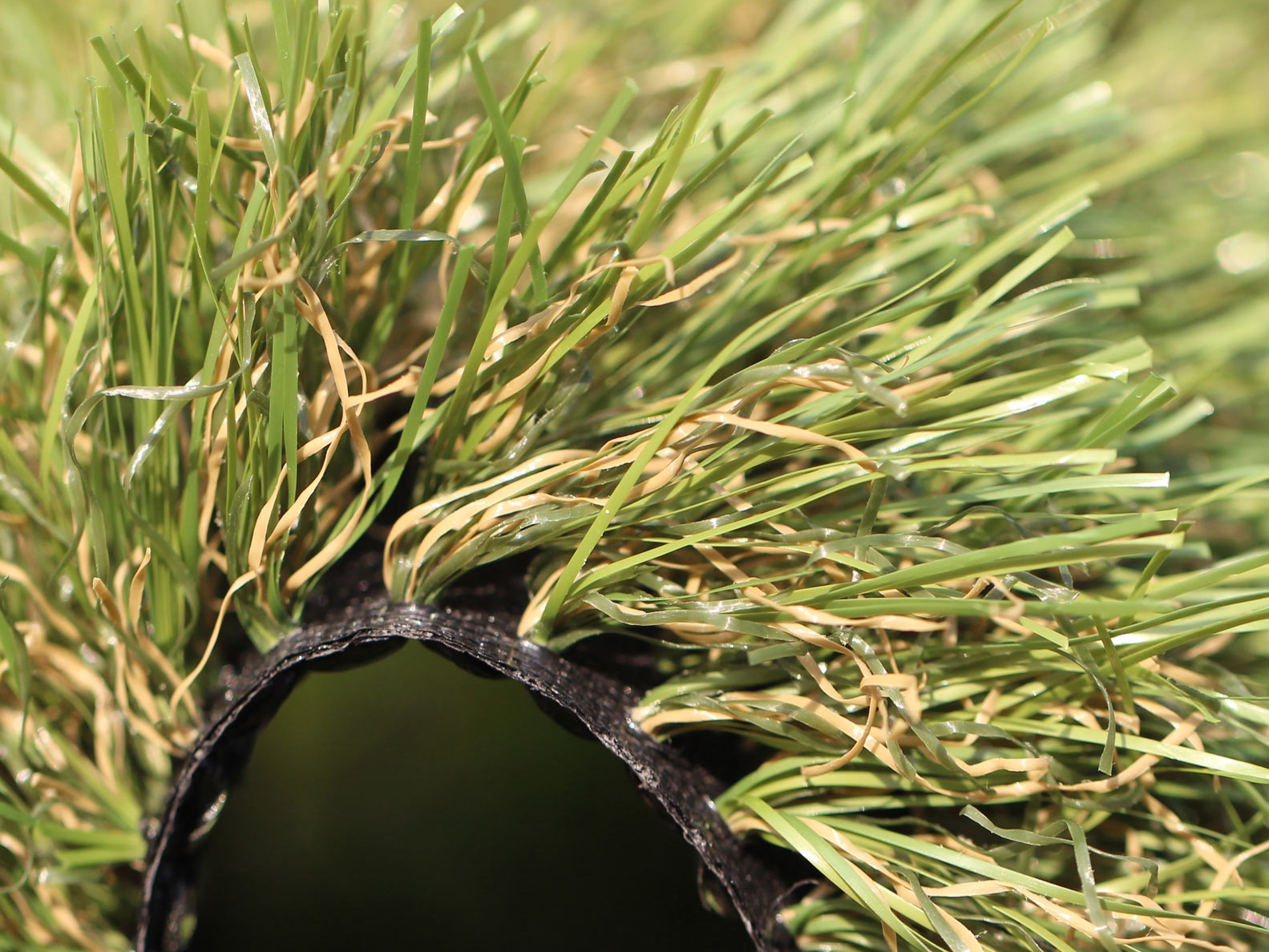Upgrade Your Outdoor Space with Arizona Artificial Turf for a Lush Green Look
Delve Into the Environmental Advantages of Opting for Synthetic Grass Solutions
The adoption of synthetic grass services presents a compelling possibility to deal with pressing environmental difficulties. By substantially decreasing water usage and decreasing the application of harmful chemicals, these choices not only promote sustainable landscape design however also shield neighborhood ecosystems. In addition, the reduced carbon footprint connected with decreased upkeep activities adds to a much more lasting strategy to land administration. However, the effects of these benefits expand beyond mere preservation efforts, elevating questions concerning their long-lasting influence on habitat conservation and overall eco-friendly balance. Discovering these measurements discloses a complex interaction worth taking into consideration.
Water Conservation Benefits
One of the most considerable benefits of man-made turf is its ability to preserve water. In comparison, fabricated lawn does not require watering, substantially lowering the total need for water sources.
By getting rid of the demand for normal watering, synthetic grass contributes to sustainable landscape methods and assists minimize the environmental influence of excessive water consumption. The preservation of water extends to the decrease of drainage, which can lead to soil erosion and river pollution.
Furthermore, the installation of fabricated grass permits property owners and towns to assign water resources extra successfully, concentrating on crucial usages such as drinking water and farming. The change in the direction of artificial grass not just advertises accountable water use but additionally aligns with more comprehensive environmental objectives intended at protecting natural deposits.
As neighborhoods significantly focus on sustainability, the water preservation advantages of synthetic lawn present an engaging case for its adoption in domestic and industrial landscaping jobs.
Lowered Chemical Usage
The transition to synthetic grass dramatically decreases the reliance on chemical treatments frequently used in natural yard maintenance. Typical lawn monitoring typically involves the application of herbicides, fertilizers, and pesticides to advertise development and control parasites. These chemicals can pose risks to human wellness, local wildlife, and the environment, adding to dirt and water contamination.
In comparison, artificial turf gets rid of the need for these unsafe compounds. By reducing the release of synthetic compounds right into the community, artificial lawn promotes much healthier soil and water systems.
Moreover, the absence of chemical runoff related to synthetic turf setups helps protect neighborhood waterways from pollution, sustaining water life and preserving biodiversity. Turf installation phoenix az. As neighborhoods increasingly prioritize lasting techniques, selecting synthetic grass offers a viable option that aligns with ecological conservation goals. With this shift, residential or commercial property owners can delight in lavish eco-friendly rooms without jeopardizing eco-friendly wellness, paving the means for an extra sustainable future
Lower Carbon Impact

Furthermore, the installation of synthetic grass can cause substantial water preservation. All-natural grass need substantial quantities of water for irrigation, which not only includes in the carbon footprint related to water removal and treatment however likewise stress regional water sources. On the other hand, synthetic grass requires very little maintenance, requiring no watering, thus dramatically reducing water usage and its associated power prices.
Furthermore, the long life of artificial lawn contributes to its decreased carbon influence. With a life-span of approximately 15 years or more, the demand for constant replacements is decreased, leading to much less waste and reduced power consumption in manufacturing and taking care of standard lawn options. Overall, synthetic grass offers a sustainable choice for eco aware landscape design.
Environment Conservation
Habitat conservation is a vital consideration in the debate over landscaping choices, particularly when contrasting synthetic grass to all-natural lawn. All-natural lawn yards frequently require extensive maintenance, consisting of using chemicals, herbicides, and plant foods, which can negatively influence local communities. These chemicals can seep into the dirt and rivers, damaging indigenous plants and animals and interfering with local habitats.
In comparison, synthetic grass provides an opportunity to decrease the ecological footprint of landscape design. By going with artificial turf, homeowners can reduce the disturbance of all-natural environments connected with typical lawn care techniques. Synthetic grass removes the demand for unsafe chemicals, therefore protecting neighboring wildlife and preserving the integrity of bordering environments. The installment of man-made turf can lead to the conversion of former turf areas right into more biodiverse landscapes, such as pollinator yards or check here indigenous plant areas, which can support local wildlife.
Inevitably, the change to synthetic grass not just conserves water and decreases maintenance initiatives yet additionally promotes a much more harmonious relationship in between human tasks and the natural surroundings, promoting habitat conservation at the same time.
Long-Term Sustainability
Lasting sustainability is an essential factor in assessing the advantages of synthetic grass over standard turf yards. Among the most considerable benefits of synthetic grass is its resilience; it can last up to 15-20 years with you can check here very little upkeep, whereas all-natural grass requires regular reseeding and substitute. This longevity lowers the demand for consistent resources, such as water, fertilizers, and chemicals, which are vital for keeping a healthy turf lawn.
In addition, artificial lawn adds to a decrease in carbon discharges related to grass treatment tools. Standard grass typically require gas-powered mowers, leaners, and blowers, all of which add to air pollution. Arizona artificial turf. In contrast, man-made turf gets rid of the need for such devices, advertising a cleaner environment
In addition, the production of synthetic grass significantly uses recycled products, boosting its sustainability account. As suppliers take on environment-friendly practices, the environmental footprint of man-made lawn continues to reduce.

Verdict
The fostering of fabricated turf remedies offers significant ecological advantages, consisting of considerable water preservation, decreased dependence on hazardous chemicals, and a reduced carbon impact. Synthetic grass help in preserving all-natural environments by reducing land disruption and promoting long-lasting sustainability through the usage of resilient materials. Collectively, these factors underscore the capacity of synthetic grass to add favorably to ecological wellness and use a practical option redirected here to standard landscape design practices in a significantly resource-conscious globe.
In contrast, synthetic grass does not require watering, considerably minimizing the total demand for water resources. By reducing the release of synthetic substances right into the ecological community, synthetic grass advertises much healthier soil and water systems.
Furthermore, the setup of artificial lawn can result in substantial water conservation. In comparison, man-made lawn needs minimal maintenance, calling for no watering, thereby substantially decreasing water usage and its associated energy prices.
